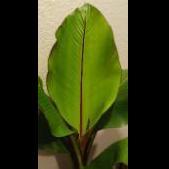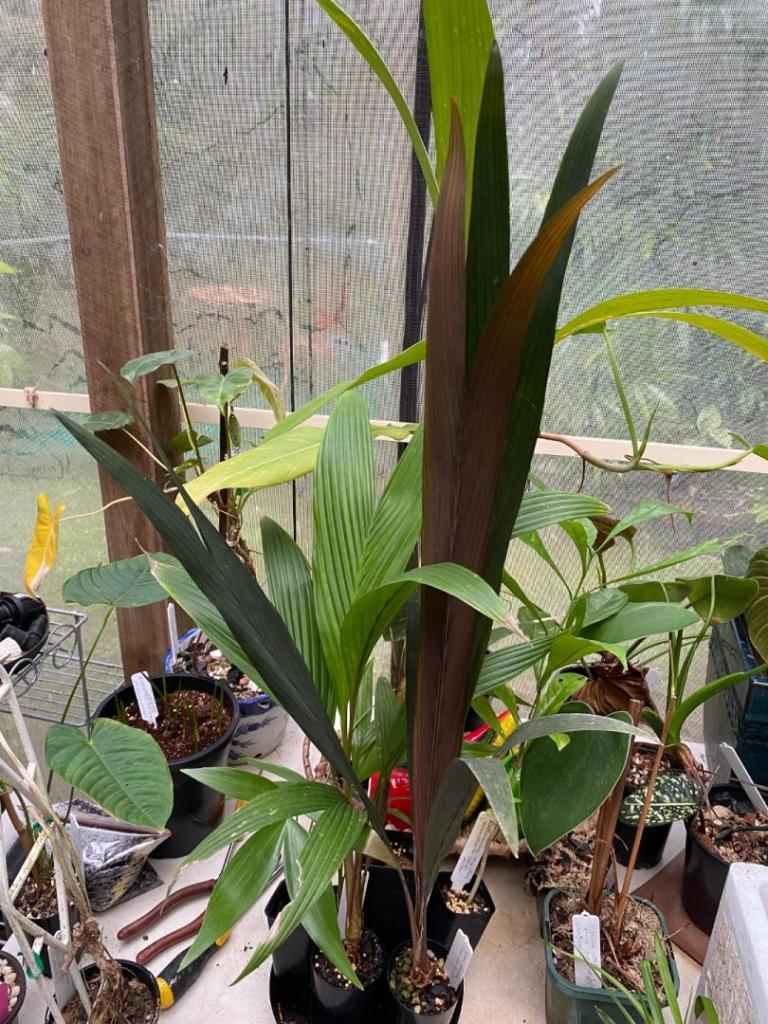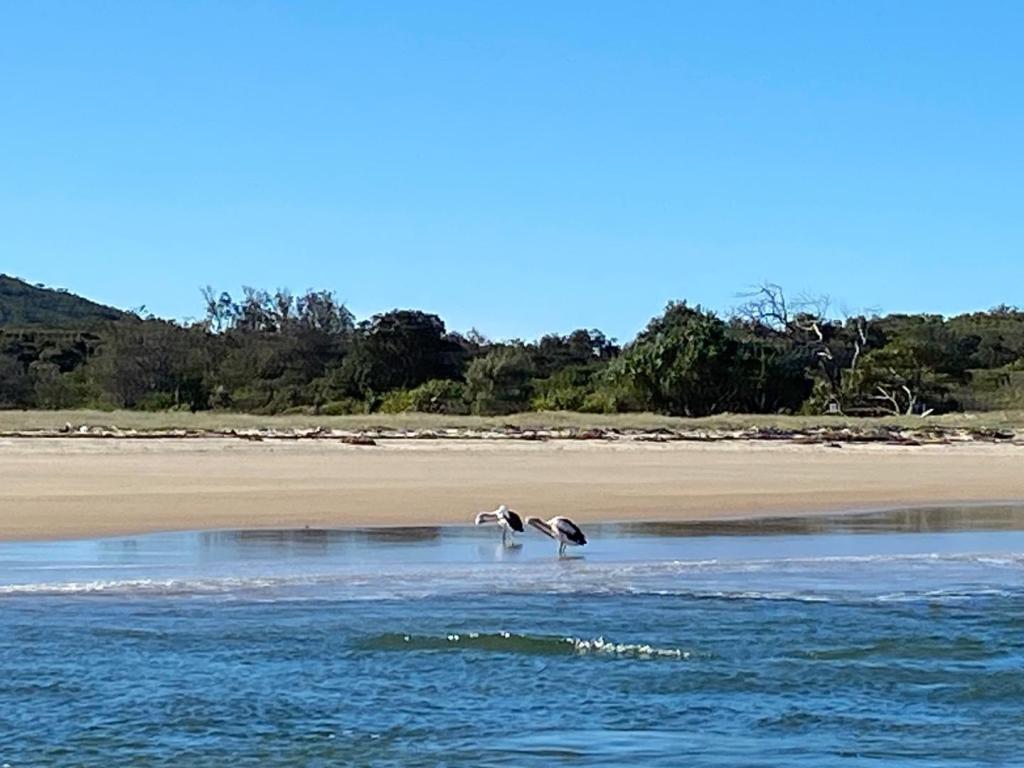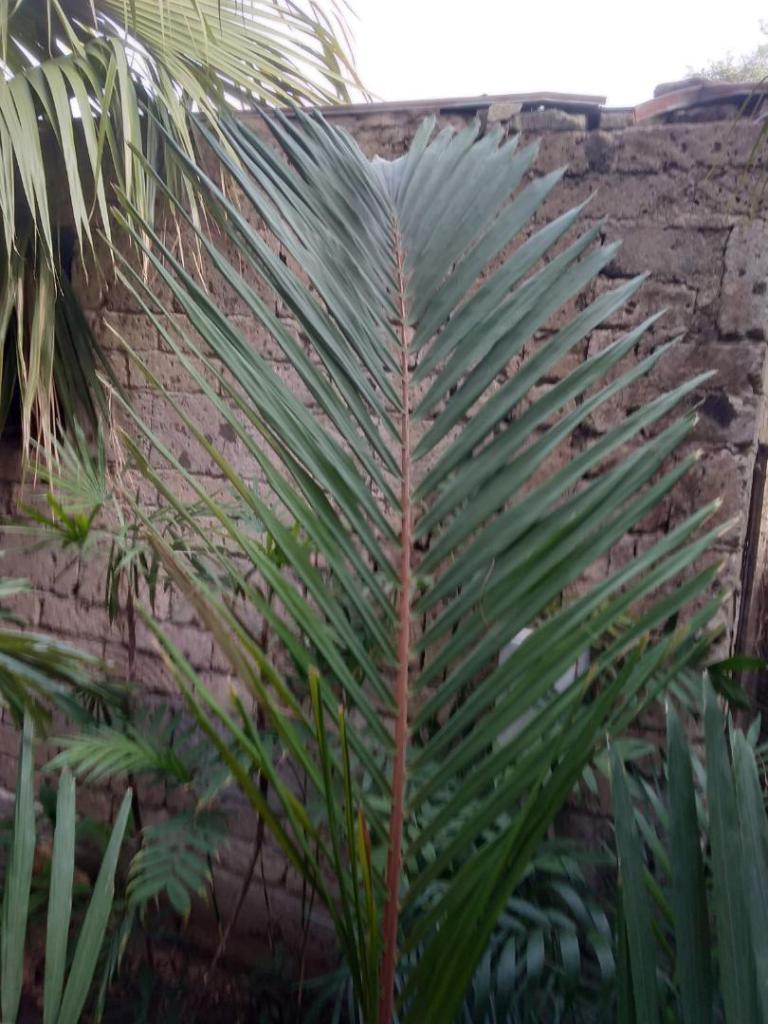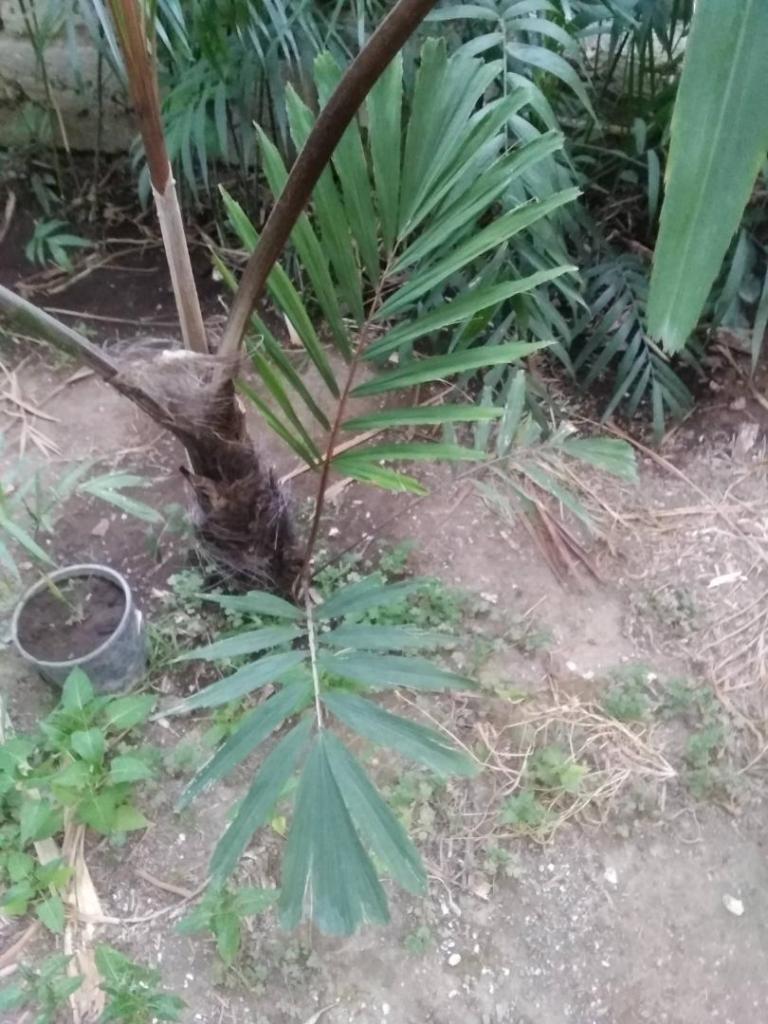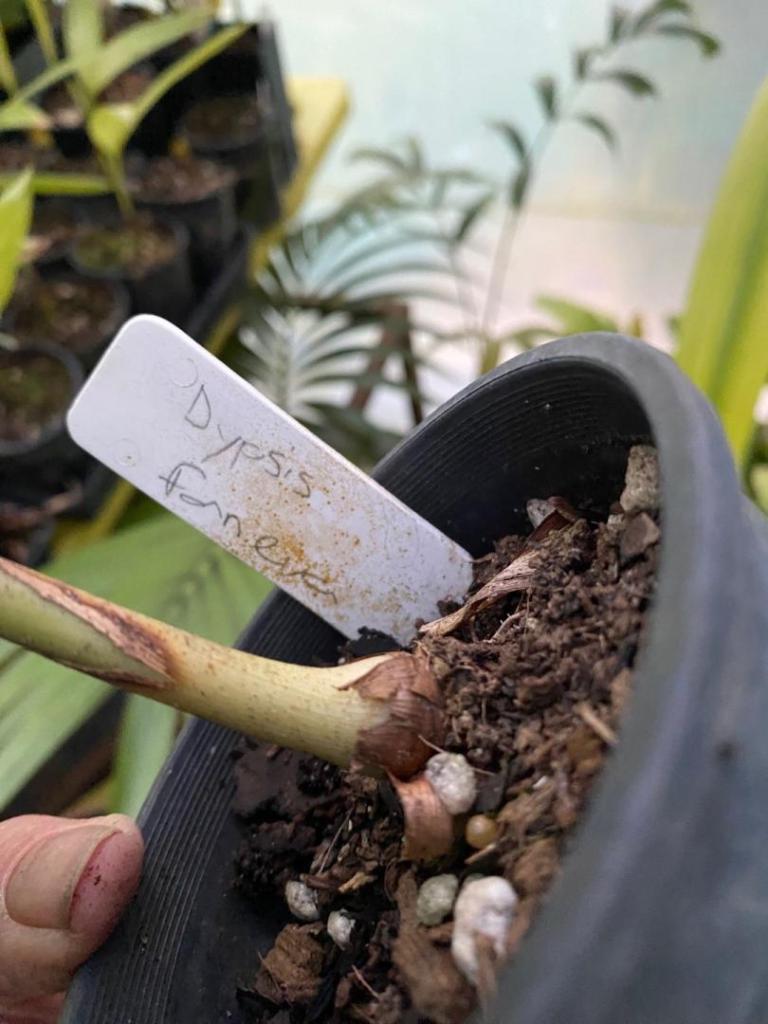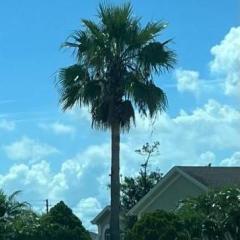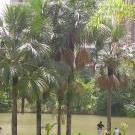Leaderboard
Popular Content
Showing content with the highest reputation on 08/28/2025 in all areas
-
10 points
-
9 points
-
Lemurophoenix halleuxii is probably the rarest palm I have and it’s also the most expensive I’ve ever bought. Purchased from Mark Daish in Babinda, North Queensland. He only had 3 left, 1 was already promised to another, and he wanted the remaining 2 for himself. I kept asking and increasing my price until he caved, or he played me from the start 🤣. Didn’t care either way, just had to have it. I think there’s only around 300 left in Madagascar and one doesn’t come across them often in cultivation (outside of Hawaii that is), although Queensland is blessed with a few. Tahina spectabilis appears slightly less rare with circa 700 individuals in habitat, but far more than that it seems in cultivation. Mine was a gift from Michael Green, which I’ll forever be grateful for.8 points
-
I have 2. Copernicia cowellii and Coccothrinax boschiana. I had to travel to their respective habitats in Cuba and the Dominican Republic to collect the seeds to grow my own. These rarely are available as plants or even seeds as the ONLY location worldwide for mature, seed producing trees, is their tiny habitats. aztropic Mesa, Arizona8 points
-
7 points
-
Lots of rain recently(last 2 months ~20") has brought the palms which are wet lovers alive. They are putting out new leaves and dropping old ones faster than I have seen previously. OF these palms, the satakentias just glow. I have (2) with just under 8' clear trunk and they are getting nice color on the crownshaft as well as that nice dark foliage. These were not damaged significantly in hurricane Milton last october. Ken Johnson delivered these 2 palms about mid 2019 with 2-3' of clear trunk. They have grown 5-6 feet of trunk but more recent growth is most impressive in caliper of the trunk at the bottom of the crownshaft, its ~8" .6 points
-
6 points
-
6 points
-
Beautiful specimens all! I’ve always felt that there was the “hard to get” palms, and then the truly rare ones based on their limited range and other factors. For me, the Hawaiian Pritchardia is a fixation. Knowing there’s only a handful of P. viscosa or remota in habitat, makes me cherish the ones I’m fortunate enough to be growing.6 points
-
6 points
-
5 points
-
Hmmm. I don’t have any ultra rarities like some have noted (you GO @aztropic! ) but I have a few at least sorta rarities, some getting to be of serious size: Jubaeopsis caffra (getting like @Jim in Los Altos’s plant) Ravenea julietae (10-12 feet no trunk) Chamadorea benzei Jubutea hybrid (please don’t eat me!) Parajubaea sunkha (35 feet overall) And others.5 points
-
5 points
-
A few of my contenders: Lepidorrhachis mooreana Ceroxylon vogelianum Linospadix apetiolatus, L microcaryus Chamaedorea frondosa, C liebmanii, C falcifera Sygrus harleyi, S cataphracta Basselinia pendulina, B pseudovelutina Here’s the Lepidorrhachis just after I got them. They’ve grown well over winter since.5 points
-
5 points
-
5 points
-
Forgot to mention a palm I got my hands on many years ago , Guihaia Argyata. Hardly see them around here . Harry4 points
-
Nothing super rare but a few hard to find ( for me ) . Not available in most nurseries. Harry Chrysalidiocarpus Decipiens seedlings Dypsis Lanceolata juvenile Dypsis Basilonga juvenile Dypsis Plumosa juvenile Cyphophoenix Nucele juvenile4 points
-
4 points
-
4 points
-
4 points
-
4 points
-
Yours look great! they definitely love a wet year. When I researched these I noticed that where they come from in Japan, it rains like every other day. They do like a constant flow of water, without being swamp dwellers of standing water. After a record setting year of rain, we have now had 2 years of drought, and despite frequent irrigation and weekly hand soaks, and plenty of potassium and fertilizer, mine are looking a little beat lately. We continue to be behind for the month and year here.4 points
-
In young palms, it would be my hybrids... "Tribear" / Chrysalidocarpus leptocheilos x decaryi "Tribana" / Chrysalidocarpus pembanus x decaryi "Mad Fox" / Chrysalidocarpus (Dypsis?) marojejyi In larger palms (20G+)... Chrysalidocarpus (Dypsis) carlsmithii Chrysalidocarpus (Dypsis) decipiens Chrysalidocarpus (Dypsis) decipiens x onilahensis hybrid Chrysalidocarpus (Dypsis) decipiens blue (aka "Butt ugly betafaka") Chrysalidocarpus (Dypsis) hovomantsina Chrysalidocarpus (Dypsis) mananjarensis ("mealy bug") Chambeyronia houailou Ravanea sambirinensis The rest are mostly Floribunda-sourced. How did I get them? By shelling out a ton of 💸 - over a multi-year quest.4 points
-
Whether it is a standard washingtonia or a juania, what is the most rare palm in your possession? And how did you get it?3 points
-
Starting to put the shade cloth on the new greenhouse. 70 percent cloth will be used the standard percentage for palms. Industrial white horticultural plastic will be used for the walls followed by a 70 percent cloth put up on the outside to reduce the brightness of the plastic. It’s all about creating that microclimate in one mega grow structure. It’s been a fun project and it’s not over yet. Getting the materials. Starting from the ground up to welding the structure together, now that’s done it’s on with the shade cloth, walls, flooring, irrigation, bench’s and palms. I have worked in the horticultural industry for 35 years and over that time have learned a lot about growing!3 points
-
Another trio of winter winners, Iam very impressed with the Calyptrocalyx theres a lot that won’t live but every now and then one pops up and lives. The ptychococus is a new to me as well so add another one to the list that will survive low temperatures. And the dypsis lantzeana doesn’t have a problem in my climate. So once again if you’re looking for a new palm in a cool climate you just never know.3 points
-
3 points
-
She thinks palms are pretty and likes unusual ones but not really a collector. I thought it was just a dud. Next time I am over there I will have a look for it. If it is still there, it will come free with a Pekingese purchase. There's 14 of them here at the moment. (only 5 are mine) Peachy from the Pekingese Pagoda3 points
-
my hybrid phoenix roebelenii x reclinata and hybrid phiìoenix roebelenii x dactylifera3 points
-
Damm I had a good plan, oh well looks like plan B shall be used instead! Richard3 points
-
3 points
-
Yes @peachy is onto us to overtake the world with clumping palms I won’t tell her if you don’t. It can hour secret, actually weren’t you and peachy coming around to raid the greenhouse, I will label all the clumping palms as single stem palms and the good singles as clumping that way she will get all happpalms clumping variety’s that’s a good plan but like I said don’t tell her.🤣 Richard3 points
-
I will have to come for a visit and bring 10 of the pups with me. That'll slow down your clumping fetish.3 points
-
You won't. Better to send me money now so I can plant some in my D.P. Memorial Garden. Peachy3 points
-
Yeah, we can really probably only grow five known palm species, subspecies and cultivars long-term without protection in most of Tennessee, including Lebanon. All are native to southeastern and/or south-central North America, meaning they're naturally adapted to our erratic weather, unlike palms from western North America or other continents. Rhapidophyllum hystrix (needle palm) - reliably cold-hardy to -5 degrees Fahrenheit Sabal minor (dwarf palmetto) - reliably cold-hardy to 0 degrees Fahrenheit, but usually has an underground trunk. Also, the only palm species (probably) found naturally in Tennessee, although not known in the wild this far north in the state nor in Middle Tennessee. Sabal brazoriensis (Brazoria palmetto) - reliably cold-hardy to 0 degrees Fahrenheit Sabal minor subsp. Louisiana (Louisiana palmetto) - reliably cold-hardy to 5 degrees Fahrenheit but takes decades to push its trunk aboveground and stays short Sabal 'Birmingham' (Birmingham palmetto) - reliably cold-hardy to 5 degrees Fahrenheit3 points
-
I think mine may be a seedling Masoala madagascariensis. Its tiny still, so not a big success, but its happy enough. I have/had a few other very rare ones, but i think its the most uncommon.3 points
-
Wow, there's some cool stuff in here. My rarest is either my lipstick seedling or my Obi Island, which doesn't look great right now. Everything is rare around here though. Maybe my Butia hybrid. All I've seen for miles are a couple Trachies and some Sabals and one mature Butia. I definitely have the most exotic collection on my road (there's 4 houses on this road)3 points
-
Tom, it loses this extravagant color as it matures. This is an old image. My surviving one has only a 'reddish chocolate' leafbase, while the third one still holds the color in deep shade but has hardly grown taller.3 points
-
Tough call in Australia a lot of stuff is extremely rare. Especially in my subtropical climate. You’re up against the palm mafia to get anything rare. licuala egregia licuala triphylia var stenophylla Geonoma atrovirens Sabinara magnifica And I know there’s more rare ones in there somewhere in the collection. I only know them when I see them!3 points
-
3 points
-
2 points
-
2 points
-
2 points
-
Oh I forgot to mention it’s a retirement home for crazy cat ladies with dogs and parrots! Ricgard2 points
-
2 points
-
I suppose just like the rest of the chamaedoreas taking low temps but not frost.2 points
-
2 points
-
Yes I purchased the only two in hope of male and female. Knowing our luck Colin will send us seeds next week 🤣2 points
-
Think you'll have more difficulty with Cashew than with Cacao. Whilst Cashew seems to be quite tough they also need strong sunlight, probably more than they'd get during your winter in a greenhouse. During the summer they like a lot of water. But flowering is usually initiated during the dry season (winter) with low humidity. You only need one tree to have fruit, they're self pollinating. If you do get fruit/nuts, processing them is quite involved and you might want to check that out before getting into it. I like eating Cashew apples but some people find them too acidic. Cacao can deal with lower levels of light but needs high humidity. The leaves are very thin and will quickly die off if it's too hot and dry. It would cope with growing in a greenhouse far better than Cashew..2 points


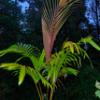


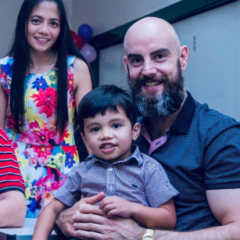










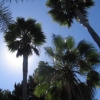



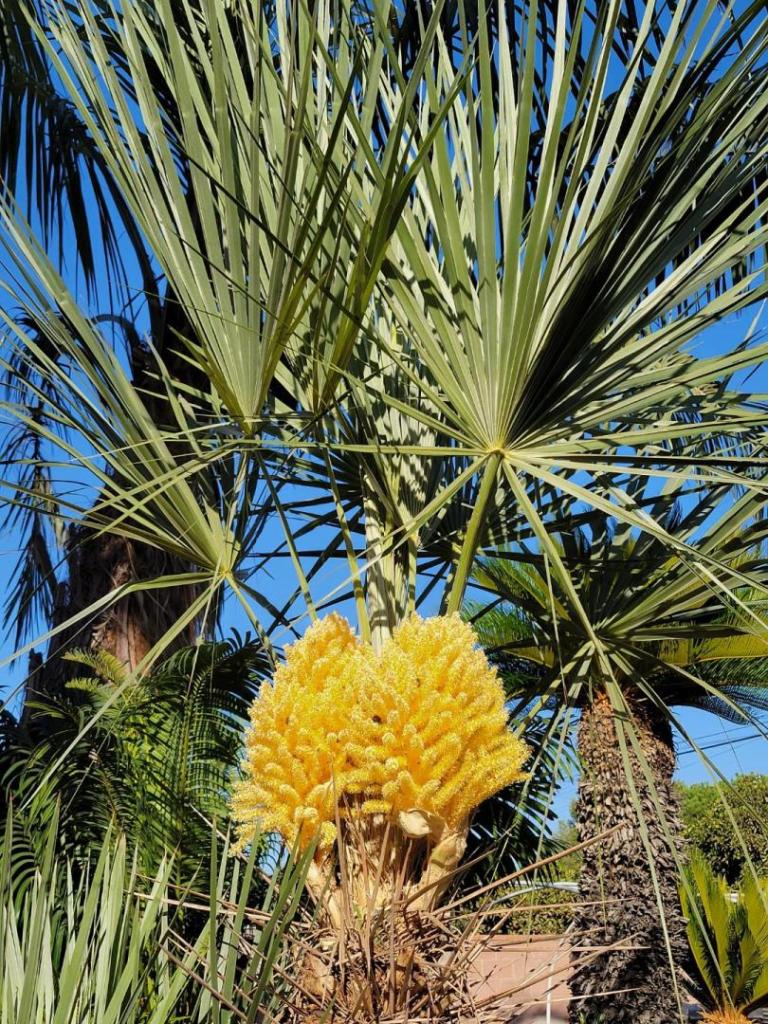
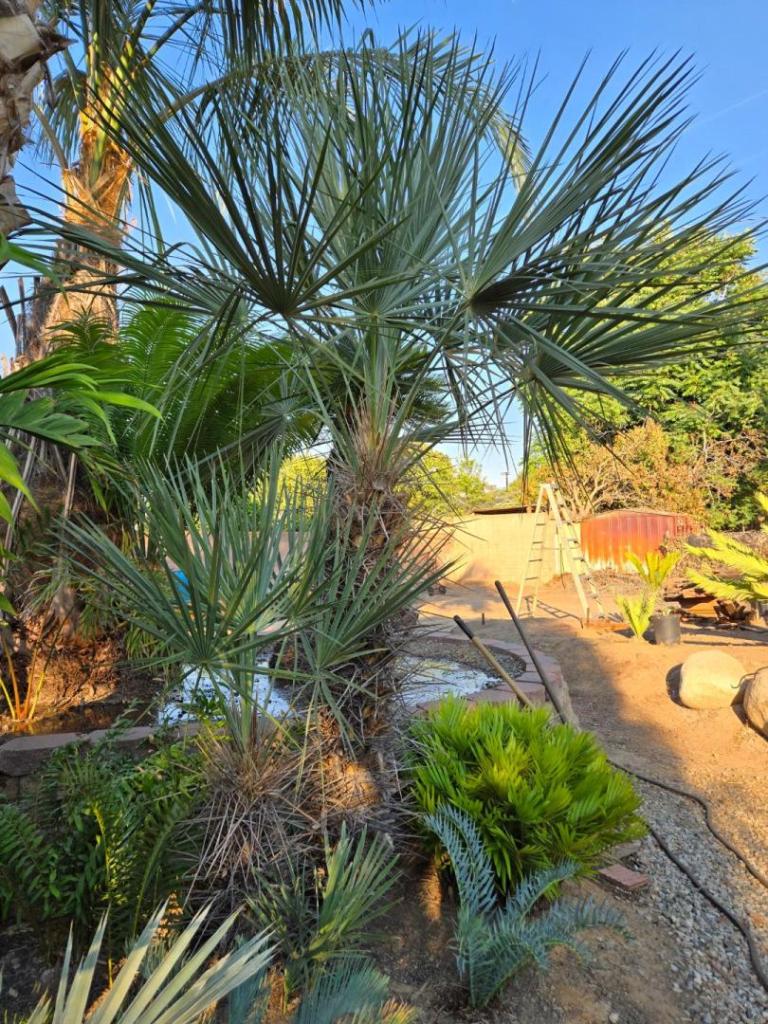



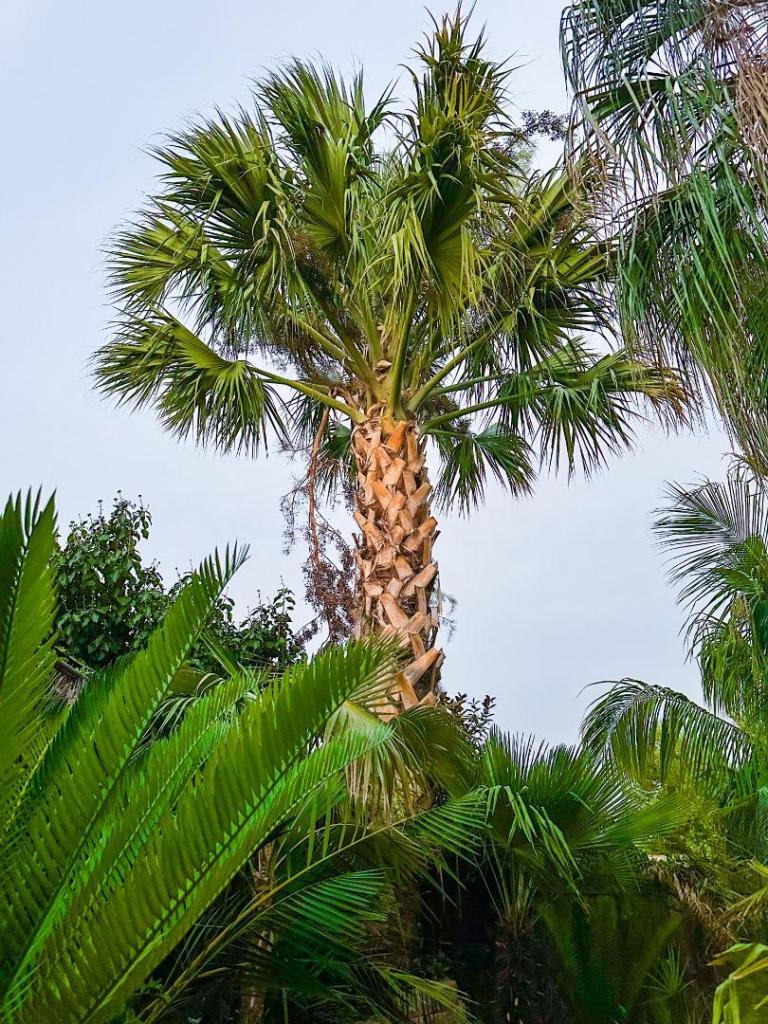









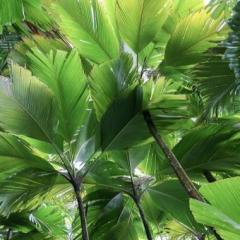


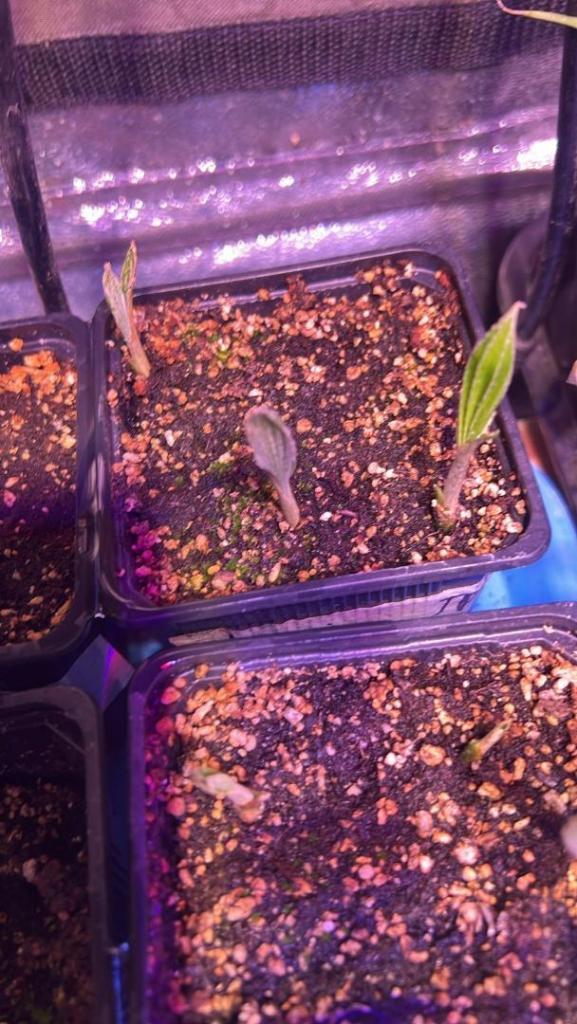

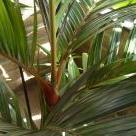






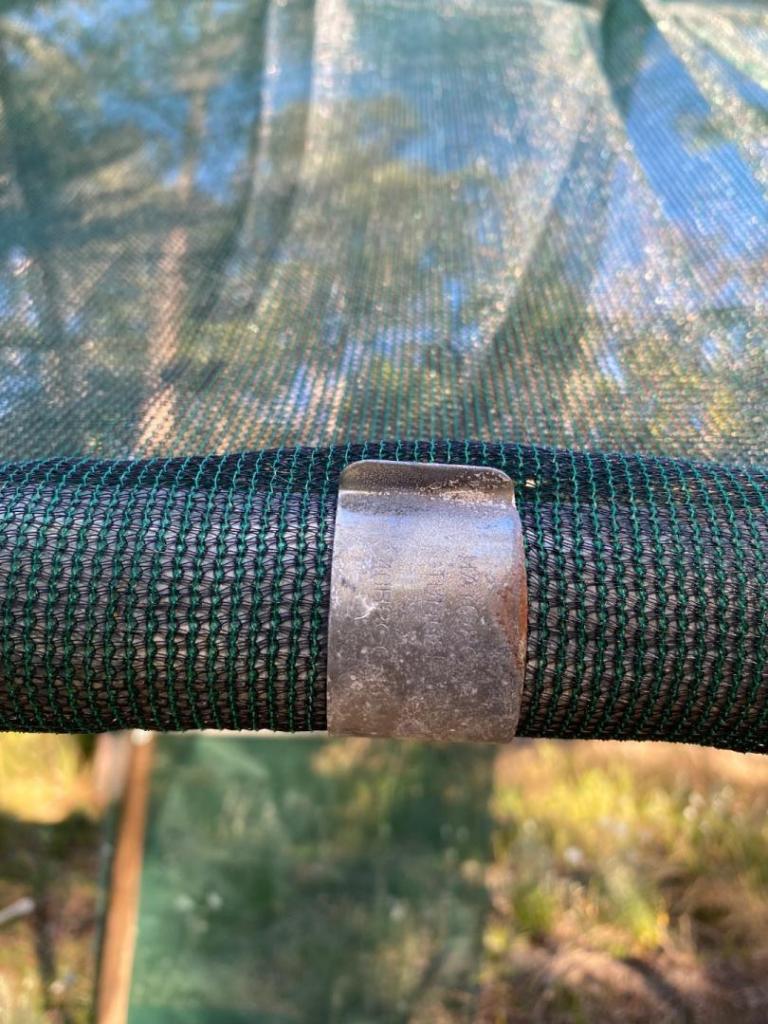








.jpg.0cf735c7525858af1582442942bc68e8.thumb.jpg.894f59a749fff01eb286c1fe4a50ab62.jpg)

